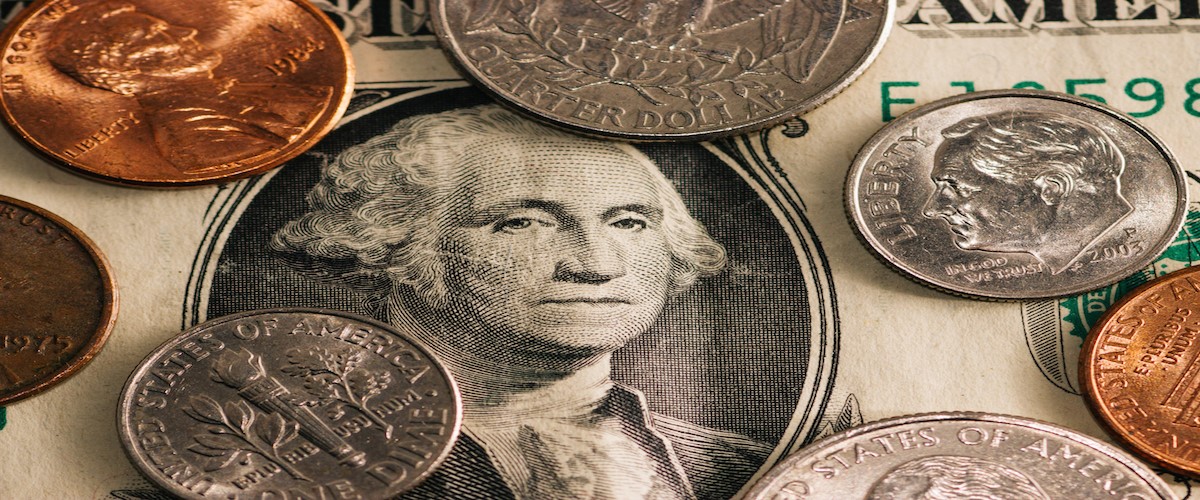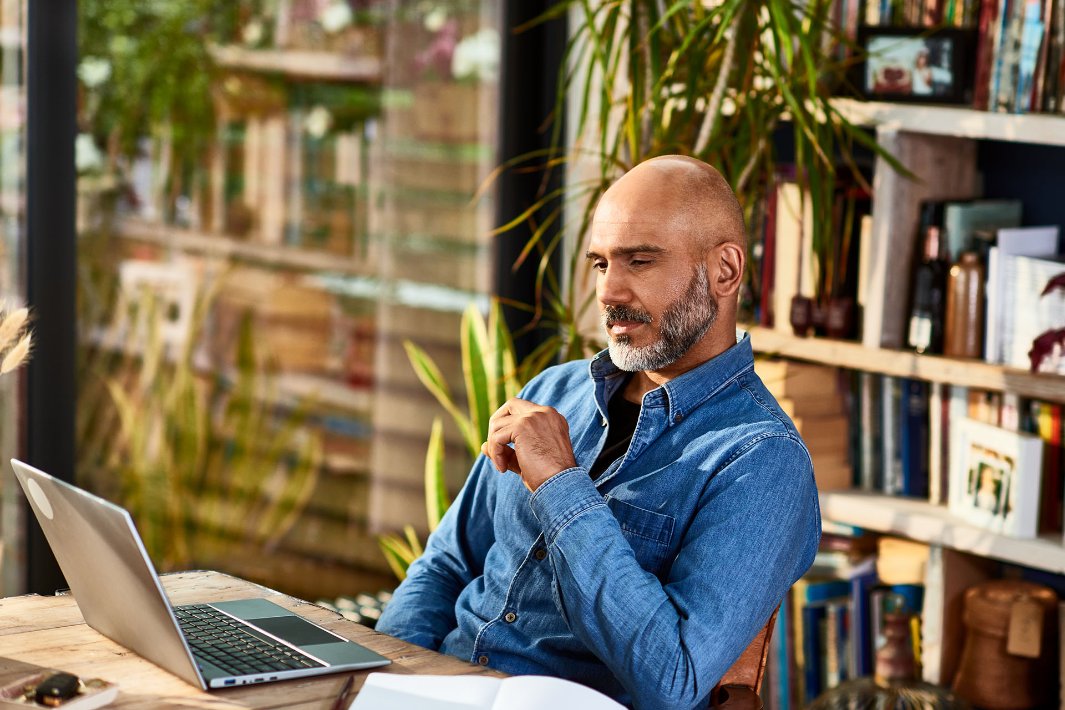Who will Trump pick for top Fed seat?
Time is winding down for President Donald Trump to choose who will take over as the chair of the Federal Reserve.
The president has reportedly met with at least five candidates for the Fed's top job. Whomever occupies this seat is responsible for leading the U.S. central bank for the next four years as it strives to foster maximum employment, keep inflation in check and frame the nation's monetary policy. Trump is expected to make a decision in the next few weeks.
Current Fed Chairwoman Janet Yellen's term ends in February. And while she's one of the people Trump is considering for the post, there's speculation she won't stick around although her term is up for renewal next year.
Others on Trump's radar include White House economic adviser and financier Gary Cohn, Fed Governor Jerome Powell, former Fed Governor Kevin Warsh and Stanford University economist John Taylor. Let's take a look at each contender and where they stand on policy.
Jerome "Jay" Powell
Powell currently serves as a Fed governor and is the only Republican on the board. He leads the Fed's oversight committee, which is responsible for monitoring the nation's big banks. He formerly served in the Treasury Department in President George H.W. Bush's administration. Although they differ politically, Powell often backs Yellen, a Democrat, on monetary policy, particularly when it comes to gradually raising interest rates. He favors easing some of the strict rules imposed on financial institutions after the recession and wants to see Fannie Mae and Freddie Mac moved from under the government's conservatorship.
Kevin Warsh
Warsh, a lawyer and former investment banker, served as a Fed governor from 2006 to 2011. He's a staunch conservative who helped the Fed respond to the financial crisis but opposed its quantitative easing program. He's considered a frontrunner for the job because he favors less regulation of the banking system and will be more aggressive about raising interest rates. Warsh also has strong White House ties: he's married to Jane Lauder, daughter of Ronald Lauder, a longtime friend of Trump's and heir to the Estee Lauder cosmetic giant.
Gary Cohn
A lifelong Democrat, Cohn left his post as president of Goldman Sachs to join the White House as Trump's chief economic adviser and director of the National Economic Council. Trump first indicated in July that Cohn was a likely pick for Fed chief. But, as of late, Cohn has fallen out of favor with the president after criticizing Trump's response to the white nationalists rally in Charlottesville, Va., this summer, according to multiple news sources. He's refocused his efforts to spearheading the administration's attempts to overhaul the federal tax code.
Janet Yellen
Yellen took over as the Fed chair in 2014 when she was thrust into steering the central bank through the ripple effects of the financial crisis. Under her leadership, the Fed ended its quantitative easing program to buy bonds and securities to spur economic growth, raised rates a handful of times, lowered unemployment and made inroads to stabilizing the economy. During his presidential run last year, Trump derided Yellen for keeping interest rates too low. Lately, his opinion seems to have changed but Yellen's chances at getting the job remain slim. Her pro-regulation stance, most analysts say, does not jibe with Trump's more anti-regulation outlook.
John Taylor
A Stanford University economist, Taylor has long been a Republican favorite for Fed chair, mainly because of his work pioneering the "Taylor rule" formula for setting interest rates. He served in the White House under the Bush administration and advocates raising interest rates at a quicker pace.
Persistent inflation worries the Fed
The Federal Reserve remains split over persistently low inflation even as it continues to weigh the likelihood of future interest rate hikes, according to minutes from the Fed's September policy meeting. Despite the lag, officials are confident they will raise rates in December after opting to keep the benchmark interest rate unchanged last month.
During their policy meeting in New York, officials discussed, at length, inflation's poor performance this year as it continues to fall short of the Fed's 2 percent target. For most of the year, readings on inflation have been week as the prices of goods fail to rise to satisfactory levels. Even Yellen, who was adamant that poor inflation was just a temporary anomaly, now concedes that the inflation phenomenon remains a mystery.
According to the meeting minutes, some Fed members are waiting for upcoming economic data to suggest whether an increase in inflation is on the horizon. Others worry that hesitating to raise rates may create a surge in inflation that would be too hard to regulate.
Despite their concerns, officials maintained that raising rates in December is warranted so long as the economy remains on track.
Inflation metrics on the rise
Inflation could be on the mend — at least, temporarily. Both U.S. producer prices and the price of consumer goods increased in September thanks to an uptick in the cost of gasoline.
On Wednesday, the Labor Department reported that a 10.8 percent increase in the price of gas — its biggest in two years — pushed up the producer price index, or PPI, by 0.4 percent. The PPI details the average change in selling prices from the perspective of domestic producers.
Gas prices surged thanks to Hurricane Harvey, which disrupted production at oil refineries in the Gulf Coast and caused a ripple effect of high gas prices across the nation.
The price hike also affected the consumer price index, or CPI, which increased 0.5 percent last month, short of the 0.6 percent economists expected. Still, the consumer price indices increase was its largest in eight months. The CPI measures changes in the price of consumer goods. Gasoline, as evaluated by the CPI, skyrocketed 13.1 percent, its largest increase since June 2009, and accounted for 75 percent of the CPI's increase, according to CNBC.
Gasoline aside, other price gauges in the CPI were relatively modest. Consumer prices went up 0.1 percent last month, brought down by the declining costs of motor vehicles and medical care. The core PCPI increased 1.7 percent. Analysts suspect the effect of gas prices
Also on the rise this week were retail sales, which increased 1.6 percent last month, short of the 1.7 percent economists forecasted. Still, the Commerce Department said on Friday that retail sales rebounded from August's 0.2 percent slump, suggesting a possible rebound in consumer spending.
In the markets…
Equities continue their ascent to record highs seemingly everyday. The bond market continues to trade in a very narrow range with the 10 Year Treasury Note currently yielding 2.30 percent (chart below). All eyes will be on economic data over the next few months to determine the Fed's next move on rates. The market is still seeing a 75 percent chance of a raise. Generally, if this reading is greater than 50 percent the Fed will make a move higher.



